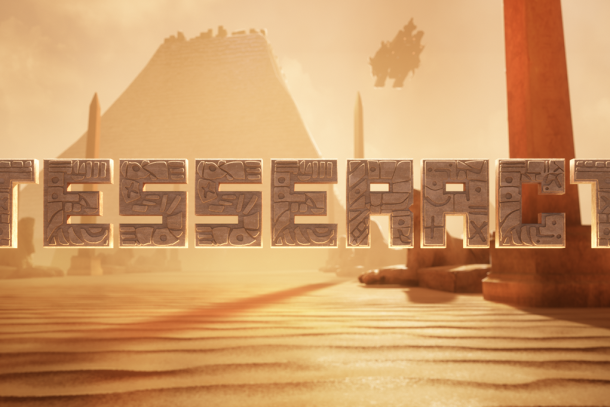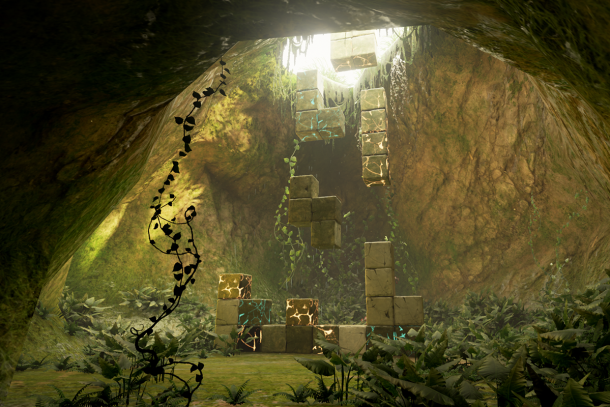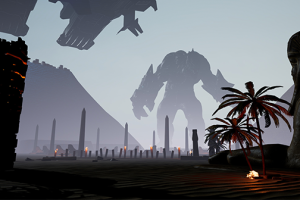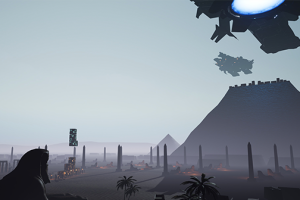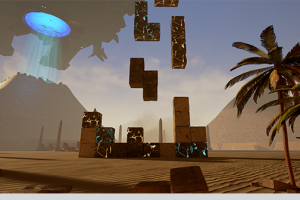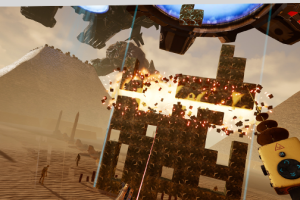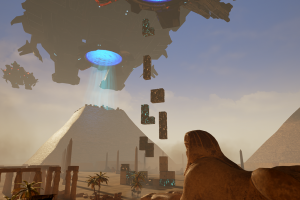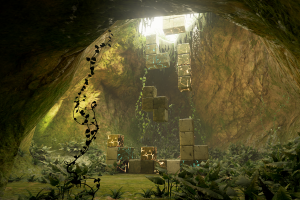Reimagining a Classic: Developing a VR Tetris Game for Steam
During my tenure at Dreambox, I had the incredible opportunity to reimagine one of the most beloved games of all time—Tetris—and bring it into the immersive realm of Virtual Reality (VR). Using Unreal Engine, I developed a modern, highly engaging VR Tetris game that captivated players and gave a fresh twist to the classic puzzle experience. The game was designed specifically for the Steam platform, making it accessible to VR enthusiasts worldwide.
The Vision
Tetris has always been a game of strategy, quick thinking, and spatial awareness. My goal was to preserve the essence of the classic while adding a new layer of immersion and excitement through VR. By leveraging the unique capabilities of Unreal Engine, I was able to:
- Create a 3D environment where players could interact with falling blocks in a fully immersive space.
- Add a dynamic VR experience that made players feel like they were inside the game.
- Design intuitive controls and mechanics that utilized VR headsets and motion controllers, making the game engaging and easy to play.
Key Features of the VR Tetris Game
1. Immersive Gameplay
The game transported players into a vibrant, 3D world where they were surrounded by the action. Blocks didn’t just fall on a flat plane—they appeared in a spatial environment, requiring players to think in three dimensions.
- Full 360-Degree Interaction: Players could look around, move, and rotate blocks in 3D space using motion controllers.
- Dynamic Environments: The background settings evolved as players progressed through levels, ranging from futuristic neon grids to serene outer-space backdrops.
2. VR-Specific Mechanics
I tailored the gameplay mechanics to take full advantage of VR:
- Motion Controls: Players could grab, rotate, and position blocks using intuitive hand gestures.
- Body Movement: Dodging and tilting were incorporated into the gameplay, adding an element of physical engagement.
- Depth Perception: The immersive VR environment gave players a true sense of depth, enhancing their ability to position blocks strategically.
3. Competitive Elements
To keep players hooked, I introduced competitive features:
- Global Leaderboards: Players could compare their scores with others around the world via Steam.
- Time Challenges: Special timed modes pushed players to beat the clock while clearing lines.
- Customizable Difficulty: Players could choose from casual play modes to hardcore levels that tested their reflexes and spatial reasoning.
4. Stunning Visuals
Using Unreal Engine’s rendering capabilities, I created high-quality graphics that added depth and realism to the game.
- Vibrant Colors and Effects: Dynamic lighting, particle effects, and glowing block designs gave the game a futuristic look.
- Interactive Audio: The sound design was synced with player actions, offering an immersive and satisfying auditory experience.
Why VR Tetris Was a Hit
The VR adaptation of Tetris resonated with players for several reasons:
- Nostalgia Meets Innovation: The game retained the addictive gameplay of the original while introducing fresh, modern elements that took advantage of VR technology.
- Engaging and Active: The physicality of VR made the game more engaging than ever, as players moved, reached, and strategized in real time.
- Broad Appeal: The intuitive mechanics and customizable difficulty levels ensured that the game appealed to both casual players and hardcore Tetris fans.
Challenges and Triumphs During Development
Developing a VR game presented unique challenges, particularly when adapting a 2D classic like Tetris:
- Designing Intuitive Controls: Ensuring that motion controls felt natural and responsive required careful testing and refinement.
- Avoiding VR Fatigue: Balancing gameplay intensity with comfort was critical to keep players immersed without overwhelming them.
- Creating a Cohesive Visual Style: The visual elements needed to be engaging without distracting from the core gameplay.
Overcoming these challenges was immensely rewarding, and the final product was a polished, engaging game that brought a new level of excitement to a timeless classic.
Impact on Steam and Beyond
The VR Tetris game received praise for its innovative approach to a classic concept:
- Positive Reviews: Players lauded the game for its immersive environments, intuitive controls, and the nostalgia it evoked.
- Global Reach: Released on Steam, the game reached VR players worldwide, contributing to Dreambox’s reputation for creating high-quality VR experiences.
- Inspiration for Future Projects: The success of this project reinforced the potential for adapting classic games into VR, paving the way for more creative endeavors.
Looking Ahead
Developing VR Tetris was a deeply fulfilling experience that demonstrated how VR can breathe new life into classic games. As VR technology continues to evolve, the opportunities for creating even more engaging and immersive adaptations are boundless.
If you’re looking to reimagine a game or bring an interactive experience to life using VR, let’s collaborate to push the boundaries of what’s possible.
